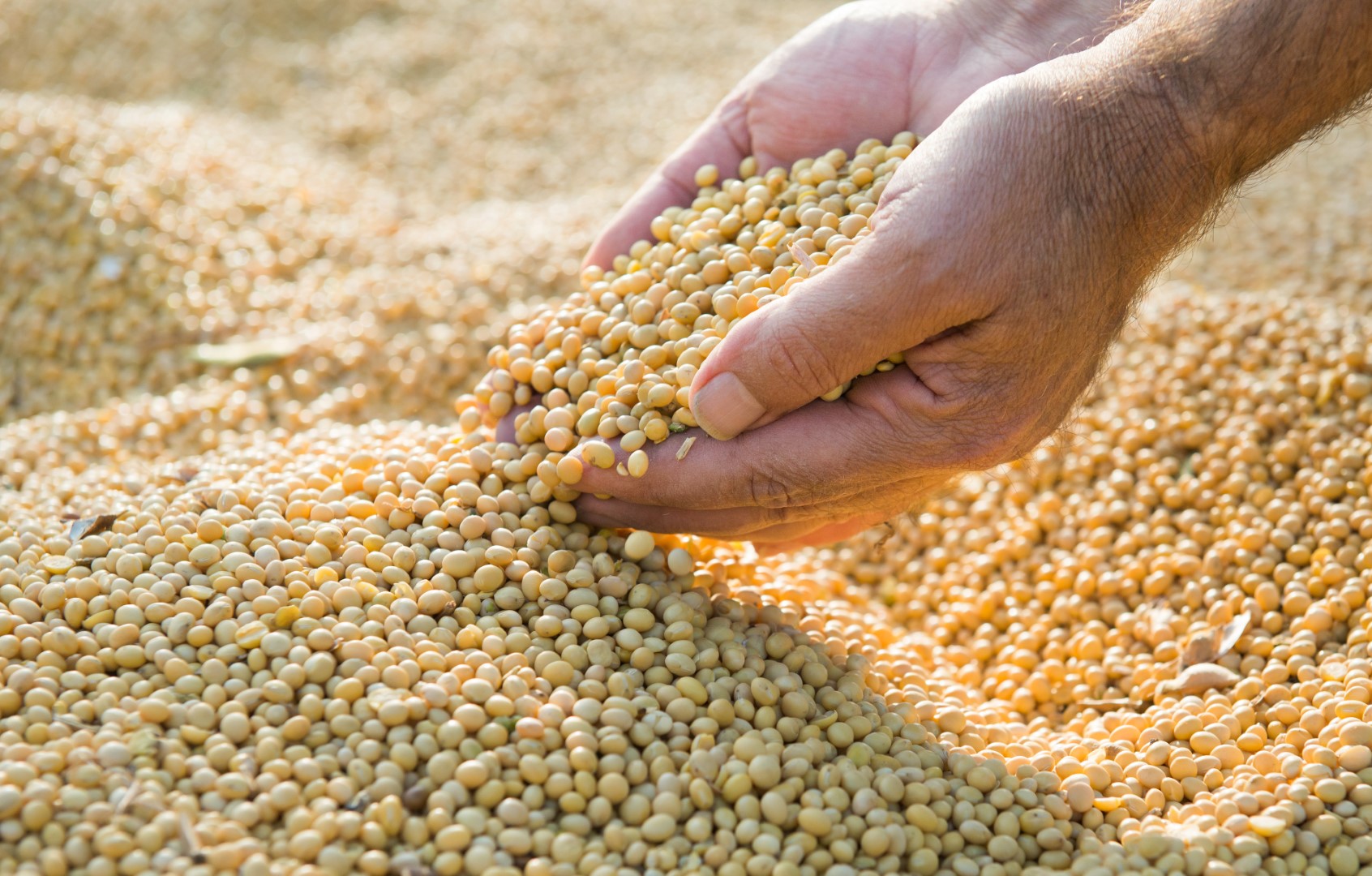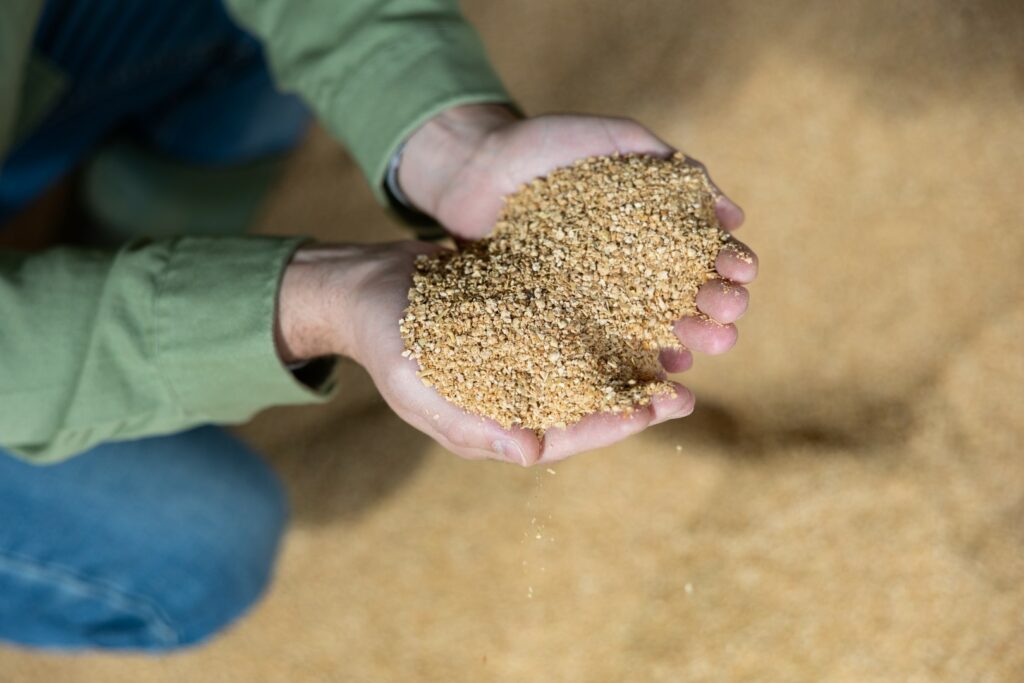How to Obtain Peak Performance on Your Cracker Mill or Cake Grinder
The soaring global demand for soybeans and their derivatives continues to climb, reflecting a robust and persistently upward trend. In 2022 alone, the United States achieved a significant milestone, exporting 57 metric tons of soybeans. This benchmark aligns with data from the United States Department of Agriculture (USDA), which reveals a compound-average growth rate of 4.8% in soybean exports spanning the decade from 2013 to 2022.
This expansion in exports correlates to the expanding uses of soybeans:
- Soybean Oil: This versatile oil finds its way into packaged food products, dressings, sauces, and simply as cooking oil. Additionally, it serves as a key ingredient in the production of biodiesel.
- Soybean Meal: Renowned for its high protein content, soybean meal has become an indispensable, nutrient-rich supplement in animal feeds.
At the heart of transforming soybeans into these valuable products is the process known as soybean crush. This crucial mechanical process involves the conversion of harvested soybeans into oil and meal, which are subsequently utilized in various product formulations. This vital process presents farmers and producers with a spectrum of methods for processing soybeans, each tailored to their specific requirements and capabilities.
Why a Crush Plant Would Choose a Roller Mill
“The two most common areas that we see roller mills in crush plants is in the dehulling – the cracking of the bean itself, and in the grinding of the soy cake, which most commonly goes to the feed industry.”
– Luke, RMS Roller Grinder Territory Manager
Research indicates that livestock fed with soybean cake exhibit improved health. This finding is prompting a growing number of farmers to incorporate soybean meal products into their animal feed. This shift has increased demand for more efficient and higher-capacity soybean processing methods.
In this context, RMS’s double-pair crackers emerge as a superior solution for soybean crushing. Their robust design is engineered to maximize uptime and throughput, making them exceptionally reliable in processing operations.
These double-pair crackers, available in various sizes and capacities to suit different needs, are indispensable in any soy processing application. Their sturdy construction and minimal maintenance requirements ensure that facilities can maintain peak operational performance with less downtime. This combination of durability and efficiency makes RMS’s double-pair crackers a valuable asset in the soy processing industry.

12×30 Double Pair Cracker
How to Obtain Peak Performance on Your Cracker Mill or Cake Grinder
The cracking of soybeans, known for being one of the more abrasive grains, presents a significant challenge regarding equipment wear and tear. Many farmers and soybean processing plants have resigned to this reality, often resulting in increased maintenance expenditures. This not only incurs additional costs but also leads to increased plant downtime due to the servicing of mills.
RMS’s Endurance Roll offers a compelling solution to this issue. Engineered to last 3-5 times longer than standard rolls, these significantly reduce the frequency of roll wear and the need for replacements. The superior quality of the Endurance Roll translates into less maintenance, boosting plant uptime. By addressing the key issue of durability in the milling process, RMS’s Endurance Roll stands out as an innovative and cost-effective solution for soybean processing plants.
Other Variables for Getting the Most out of Your Roller Mill
An RMS roller mill excels not only with its long-lasting roll, but also through its innovative design that facilitates motor load balancing, a challenging feat in single-motor cracker designs. This unique feature allows for an even distribution of load between the upper and lower rolls, ensuring a more consistent crush in soybean processing.
Another important feature is the ability to make precision adjustments to the grinder. This reduces the strain on machinery that is already dealing with the demanding task of processing abrasive soybeans, increasing machine longevity. This combination of durability and precise control makes the RMS roller mill a valuable asset in soybean processing plants.
Adjustable Roller Grinder Variables
 The efficiency of soybean milling begins with the uniformity of the feed into the rolls, a crucial step in the process. Our mills are designed to disperse the material more evenly right from the start, which not only benefits the grinder, but also contributes to a more consistent grind.
The efficiency of soybean milling begins with the uniformity of the feed into the rolls, a crucial step in the process. Our mills are designed to disperse the material more evenly right from the start, which not only benefits the grinder, but also contributes to a more consistent grind.- An important aspect to consider is the gap between the rolls, often referred to as the rolls’ parallel. Our crackers are equipped with the capability for fine-tuned adjustments, allowing you to set the ideal distance between the rolls to achieve the perfect crush every time.
- Finally, it’s essential to ensure that the workload is evenly distributed between the top and bottom sets of rolls. This balance is vital to prevent uneven wear, which can lead to premature replacement of either set. Our machines are designed to maintain even wear across all four rolls, significantly enhancing the longevity of your rolls. This attention to detail in every aspect of the milling process is what sets our machines apart in the soybean processing industry.
Advantages of a Roller Mill Vs. a Hammer Mill When Grinding For Soy Cake
“A hammer mill will pulverize the cake down to the desired screen size. But, the most common complaint I hear is that the particle size distribution coming out of the hammer mill is much wider when compared to the tighter distribution you would get out of a roller mill.”
– Luke, RMS Roller Grinder Territory Manager
 In any grinding operation, whether it’s soybeans or another material, the pivotal factor is control. The RMS Roller Mill exemplifies this principle by offering exceptional control over the milling process. This control is achieved through the mill’s design, which allows for the gradual reduction of the meal starting from the top set of rolls. A small portion of the meal is then transferred to the second set, followed by another controlled segment from the top, and so on. This step-by-step process ensures precision in the grind.
In any grinding operation, whether it’s soybeans or another material, the pivotal factor is control. The RMS Roller Mill exemplifies this principle by offering exceptional control over the milling process. This control is achieved through the mill’s design, which allows for the gradual reduction of the meal starting from the top set of rolls. A small portion of the meal is then transferred to the second set, followed by another controlled segment from the top, and so on. This step-by-step process ensures precision in the grind.
This degree of control exerted during the grinding process has a direct positive impact on the consumption of the product by animals. For farmers, consistency in the feed is crucial to provide optimal nutrition to their livestock. The precision and adjustability of a roller mill allow for a more uniform and consistent grind, which is essential in achieving the desired outcomes for animal feed. This enhanced control is one of the key reasons why RMS Roller Mills are a preferred choice in the industry.
